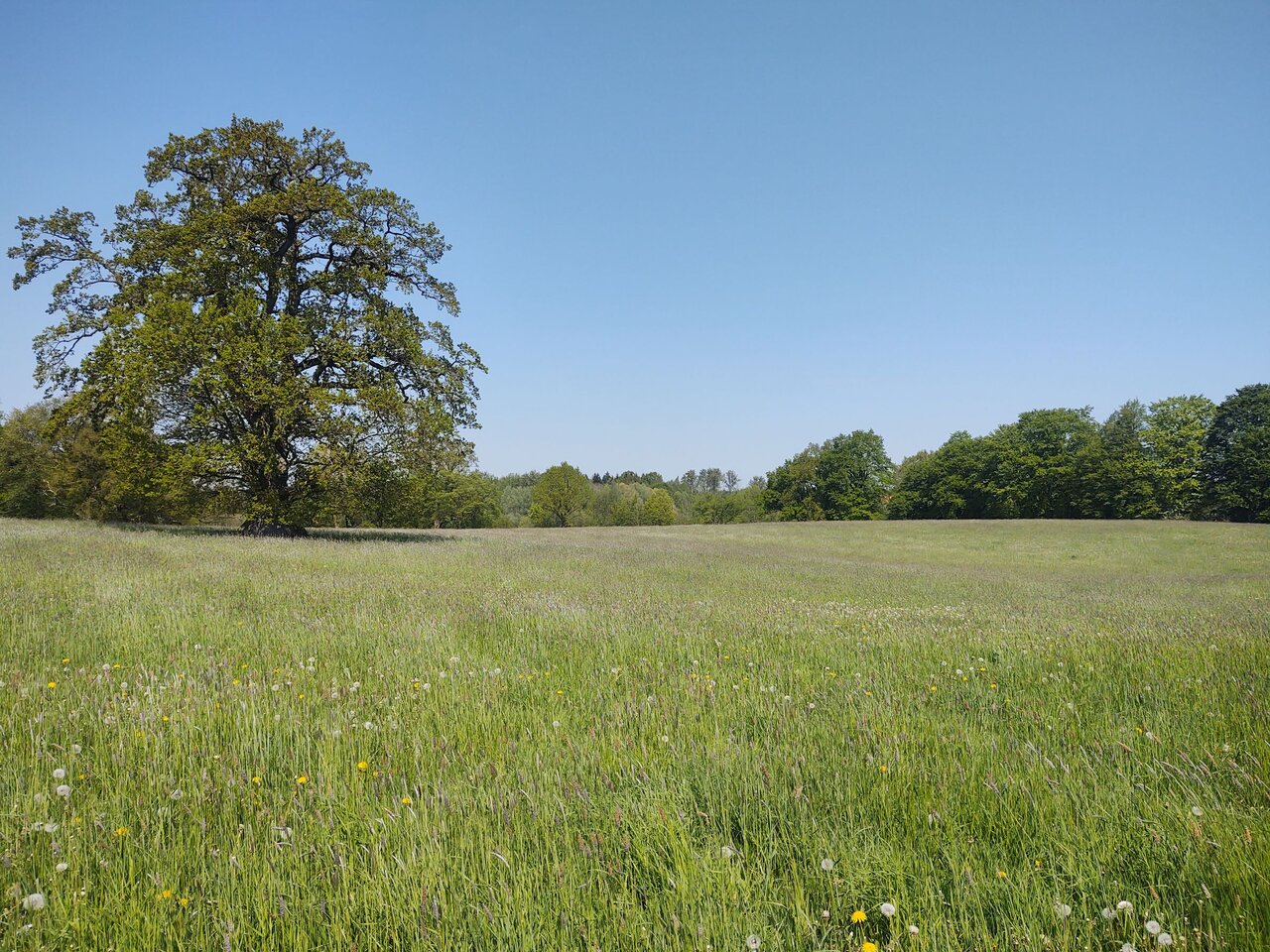Project
Organic Grass-fed Milk - Implementation Opportunities in Germany

Grass-fed Milk - Conceptual Ideas for Opportunities and Limitations of Implementing a Pure Grassland-Based Feeding of Organic Dairy Cows in Germany
Through grassland-based feeding of dairy cows, sustainability goals can be achieved and food security promoted. Advantages for national organic milk production, existing limitations, and possible implementation strategies are still unclear and will be discussed in the project.
Background and Objective
Ruminant farming and particularly intensive, indoor milk production is associated with high GHG emissions and nutrient surpluses. Additionally, a large portion of products grown on German arable land is used for animal feed. To achieve climate protection goals and ensure food security, there is an enormous need to transform agricultural production systems towards more sustainability. Milk production from grasslands (Grass-fed Milk) can reduce GHG emissions from production and minimize competition for human food on arable land. Within a pasture-based production system, energy consumption and production costs can be significantly reduced, animal welfare positively influenced, and product quality improved. This is particularly interesting for organically operating farms, as it can neutralize competition with conventionally high-performing farms that purportedly have a lower carbon footprint.
Grass-fed Milk can be produced in different systems. If the proportion of grazed grass in the annual ration is to be maximized, seasonal calving of dairy cows can enable maximum utilization of grass growth during the vegetation and lactation period. This is common in countries that produce milk solely from pastures, e.g., Ireland and New Zealand. When cows are calved in spring, the lactation phase is synchronized with the grass-growing phase. However, the possible feed intake from grass, in general, and from grazing in particular, is limited. The seasonal calving pattern with very high fertility requirements and limited feed supply can negatively affect the production level per cow and animal health. The seasonal production pattern also poses challenges for systems with cow-calf contact rearing systems and for the processing industry. In Germany, seasonal calving is not common. In the few farms that produce seasonally, autumn calving is often preferred over spring calving.
Another possibility is to convert the feeding in existing systems with year-round calving to a maximized proportion of grassland feed. Additionally, currently used concentrate feeds (mostly grains and grain legumes) could be replaced with those from by-products and residues to avoid using arable land for feed production. This approach poses fewer challenges for the animals and the processing industry, but also results in lower utilization of grazing feed than with seasonal calving.
It is unclear which of the advantages can be precisely utilized under the given climate conditions in Germany and where clear limitations in the implementation of the respective systems might be reached. A comparison within the various grassland-based organic production systems and a comparison with currently prevailing organic and conventional production systems using indicators for sustainability, productivity, and profitability can determine which type of milk production achieves sustainability goals and contributes to food security, thereby proving to be long term sustainable. For this, a theoretical basis must first be established, and the possibilities of implementing large scale grassland-based organic milk production in Germany must be examined. The goal of the research project is therefore to analyze the possibilities, potential benefits, and limitations of grassland-based organic milk production in Germany through literature research. It will be discussed which aspects can be profitably used for the transformation of agricultural production and where synergies and conflicts exist within the agricultural and food systems and across system boundaries. Conceptual ideas for the implementation of purely grassland-based feeding of organic dairy cows will be developed and published, which can serve as the basis for developing site-adapted, innovative, and future-oriented production systems.
Approach
The research project is primarily carried out through literature research. First, an overview of national and international studies on the topic will be prepared. Based on this, the transferability of the individual aspects of seasonal production to the conditions prevailing in Germany is evaluated.
Our Research Questions
- Which aspects of blocked seasonal calving of dairy cows could be implemented in Germany?
- Which aspects are challenging in grassland-based production without blocked seasonal calving?
- What challenges need to be overcome and what obstacles exist in the implementation?
- Which indicators for sustainability, productivity, and profitability describe the comparison of different production systems sufficiently?

![[Translate to English:] [Translate to English:]](/media/_processed_/8/e/csm_Bildschirmfoto_2021-03-03_bearb_fc48ac88bf.jpeg)
![[Translate to English:] [Translate to English:]](/media/_processed_/8/e/csm_Bildschirmfoto_2021-03-03_bearb_ba3ec0e9d7.jpeg)




